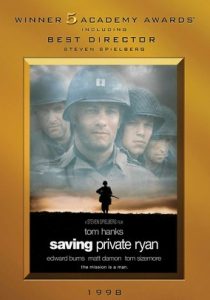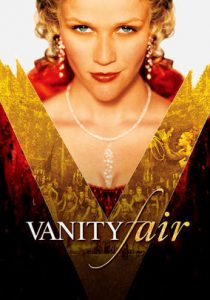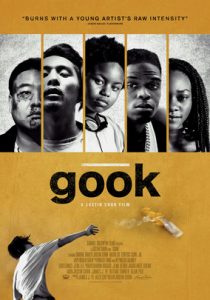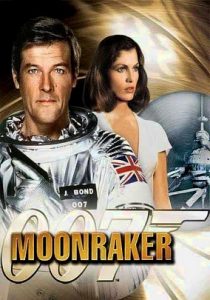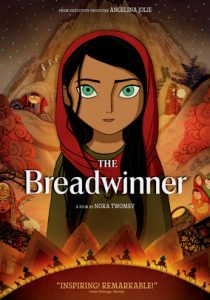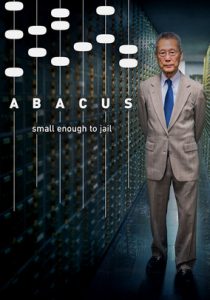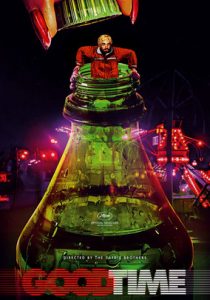That Hamilton Woman-1941
Director Alexander Korda
Starring Laurence Olivier, Vivien Leigh
Scott’s Review #779
Reviewed June 27, 2018
Grade: B+
That Hamilton Woman (1941) is an obscure, black, and white gem that stars legendary actors and real-life couple Vivien Leigh and Laurence Olivier.
Providing a story of an old-fashioned style romance, war battles, and dazzling cinematography, the film succeeds as a classic film that should be better remembered than it is.
The overall theme here is a tragic love story with a sad ending.
One of the best aspects of That Hamilton Woman is witnessing the super-couple team of Leigh and Olivier act opposite one another. The actor’s talents are reason enough, but it makes a fascinating viewing experience.
The curiosity of the pairing of big stars in their heyday is a delight and highly appealing, and both actors do not disappoint. One wonders whether they were acting or otherwise enjoying the experience.
Lady Hamilton begins with a jarring scene in which the title character, Emma Lady Hamilton (Vivien Leigh), is thrown into debtor’s prison after stealing booze in France.
The rest of the story is told via flashbacks as she regales her fellow prisoners with how she ended up in her current state. Her former life starkly contrasts Emma’s appearance as a young woman with hope, promise, and riches.
It is hard to imagine how her life turned out so severely, which gives the film quality of intense intrigue.
The film then has a “riches to rags” element as the story is reversed. Full of energy, British Emma moves with her mother to the Kingdom of Naples, where she marries the affluent (and much older) Sir William Hamilton (Alan Mowbray), presumably for his money.
When handsome Admiral Horatio Nelson (Olivier) appears on the scene, the pair fall madly in love. They face tremendous hurdles, however, as the war rages on and each is unfaithful to their respective spouses.
Since the film was made scarcely two years after the epic romance Gone with the Wind (1939), one cannot help but compare Leigh’s portrayal of Emma to Scarlett O’Hara.
Emma comes across as a British version of the southern lass, especially as she is clad in gorgeous gowns or romancing men.
However, as the film develops, she becomes a much more sympathetic character and certainly less of a vixen. Still, there are plenty of similarities for viewers to draw from.
The role of Lady Frances Nelson (Gladys Cooper) is completely one-note, so the rooting value is never doubted. The film intends for the audience to be in the corner of Emma and Horatio, and that said, Cooper does a fantastic job of making her character completely unlikeable. Her icy, vengeful spirit perfectly complements the sympathetic lead characters. The fact that Horatio and Emma are adulterers, especially for the year the film was made, is not fully explored.
To be critical, the video quality is not the greatest, presumably because the film is old. If the film had been in color, the gorgeous Italian landscapes and Leigh’s lovely costumes would have appeared even more lavish and picturesque.
However, due to the film’s age, not much can be done about it unless it is decided to repackage the disc or make it a Blu-ray offering.
Still, the film frequently features southern Italy’s luminous mountains and lush oceans, which is a real treat.
Purely a showcase for newlyweds Olivier and Leigh to dish their real-life romance for mainstream audiences, That Hamilton Woman (1941) must have been a big deal at the release.
While suffering from lackluster film quality, the story is quite hearty, featuring romantic scenes, loud, bombastic battle scenes, and a bit of British and Italian history.
Sadly, this film is largely forgotten, but it is a good watch for fans of the legendary stars.
Oscar Nominations: 1 win-Best Sound Recording (won), Best Art Direction-Interior Decoration, Black-and-White, Best Cinematography, Black-and-White, Best Special Effects

